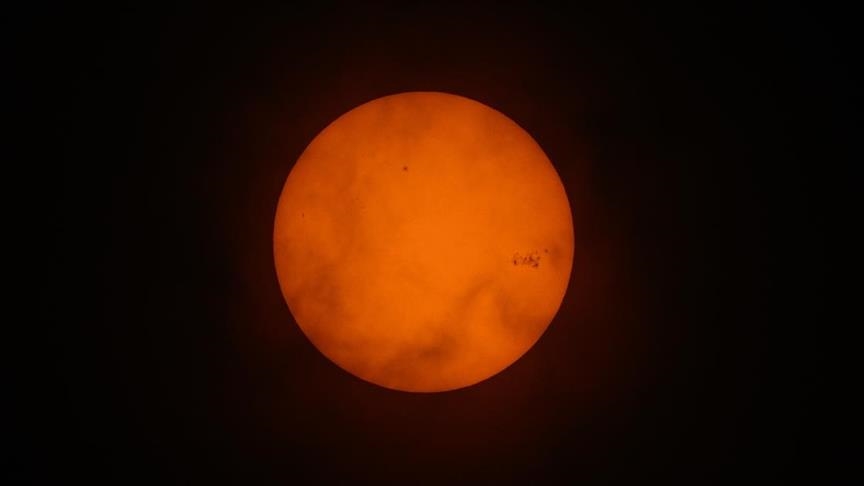NASA probe confirms long-suspected solar explosions
Discovery could help scientists better predict solar storms that threaten satellites, communications, power grids, study shows

ANKARA
NASA's Parker Solar Probe has directly observed a solar process that fuels powerful eruptions capable of disrupting technology on Earth, marking a breakthrough for forecasting space weather.
The study, published in Nature Astronomy and highlighted by ScienceDaily on Wednesday, could improve predictions of storms that threaten satellites, communications and power grids.
Magnetic reconnection occurs when magnetic field lines in plasma snap and reconnect, unleashing massive amounts of energy. Scientists have studied the phenomenon in Earth’s magnetosphere, but capturing it on the Sun was only possible with the probe’s journey into the solar atmosphere, said ScienceDaily.
In September 2022, the probe recorded a huge solar eruption, capturing plasma and magnetic field data that confirmed the long-suspected phenomenon. The European Space Agency’s Solar Orbiter provided complementary observations.
“We’ve been developing the theory of magnetic reconnection for almost 70 years, so we had a basic idea of how different parameters would behave,” said Dr. Ritesh Patel, lead author of the study and a research scientist at the Southwest Research Institute.
“The measurements and observations received from the encounter have validated numerical simulation models that have existed for decades within some degree of uncertainty. The data will serve as strong constraints for future models and provide a path to understand PSP's solar measurements from other timeframes and events.”
The study suggests the probe’s discoveries could help shield critical infrastructure and ensure communications during major solar events.
"Since the late 1990s, we have been able to identify reconnection in the solar corona through imaging and spectroscopy. In situ detection was possible in Earth's magnetosphere with the launch of missions like NASA's Magnetospheric Multiscale (MMS) mission. Similar studies in the solar corona, however, only became possible when NASA's Parker Solar Probe launched in 2018," said Patel.
Anadolu Agency website contains only a portion of the news stories offered to subscribers in the AA News Broadcasting System (HAS), and in summarized form. Please contact us for subscription options.



